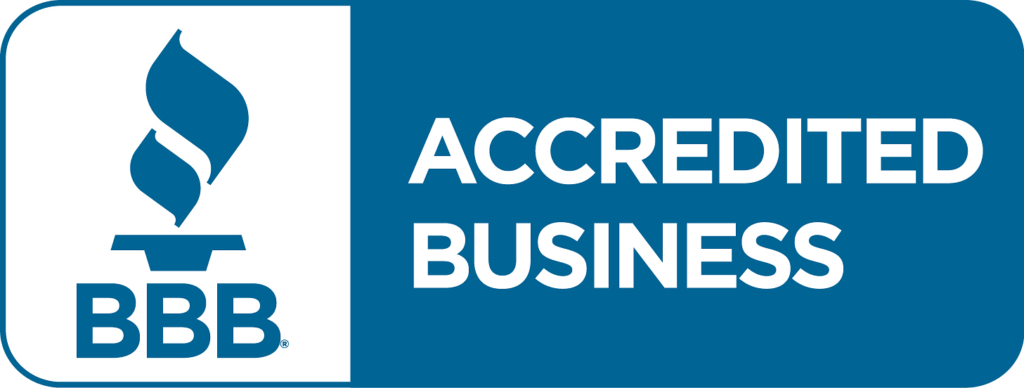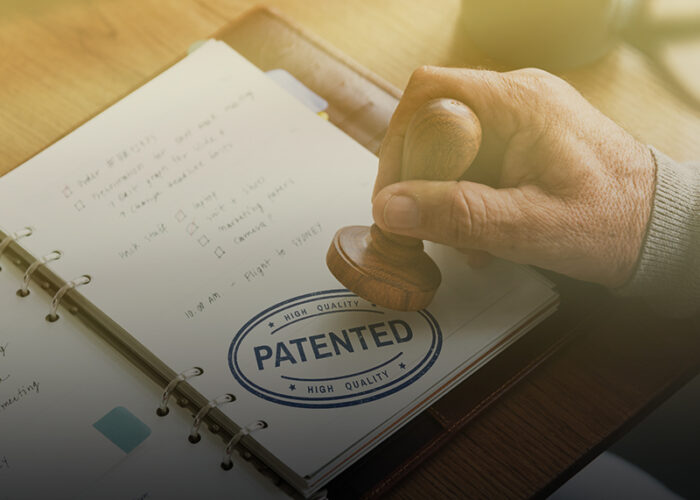Securing a patent in the United States is a critical step in protecting your intellectual property. The patent process, overseen by the United States Patent and Trademark Office (USPTO), can be complex but is essential for granting inventors exclusive rights to their inventions. Whether you’re an individual innovator, a startup, or an established company, understanding the patent process in the USA is vital for safeguarding your ideas.
What Is a Patent?
A patent is a legal document issued by the USPTO that grants the patent holder exclusive rights to make, use, sell, or distribute an invention for a specified period. Patents ensure that inventors are rewarded for their innovations by preventing others from exploiting their ideas without permission.
Types of Patents in the USA
Before starting the patent process in the USA, it’s essential to identify the type of patent that suits your invention:
- Utility Patents
- Cover new and useful inventions or discoveries, such as machines, processes, or compositions of matter.
- Valid for up to 20 years from the filing date.
- Design Patents
- Protect the unique appearance or ornamental design of a product.
- Valid for 15 years from the date of issuance.
- Plant Patents
- Apply to new and distinct varieties of plants that can be asexually reproduced.
- Valid for 20 years from the filing date.
Steps in the Patent Process
1. Determine Patent Eligibility
Not all ideas or creations are eligible for patent protection. To qualify:
- The invention must be novel, meaning it has not been publicly disclosed or patented before.
- It must be non-obvious, demonstrating a significant advancement beyond existing solutions.
- The invention must be useful, with practical applications.
2. Conduct a Patent Search
A comprehensive patent search helps determine whether your invention is unique.
- Search the USPTO database and other international patent databases.
- Identify prior art (existing patents or publications) that may affect your application.
A patent attorney can help ensure this step is thorough and accurate, reducing the risk of rejection.
3. Choose Between Provisional and Non-Provisional Patents
- Provisional Patent Application (PPA)
- Offers a low-cost way to secure a filing date for your invention.
- Provides 12 months to refine your invention and prepare a full application.
- Does not mature into a patent unless a non-provisional application is filed.
- Non-Provisional Patent Application
- A complete application is submitted to the USPTO for examination.
- Includes claims, descriptions, and drawings of your invention.
4. Prepare the Patent Application
Drafting a patent application requires technical precision and legal expertise. The application should include:
- Title: A concise name for the invention.
- Abstract: A summary of the invention.
- Background: An explanation of the problem your invention addresses.
- Detailed Description: A thorough explanation of the invention, including drawings.
- Claims: Define the scope of protection sought for the invention.
Hiring a patent lawyer ensures the application meets the USPTO’s stringent requirements.
5. File the Patent Application
Apply electronically via the USPTO’s Patent Electronic Filing System (EFS-Web).
- Pay the required fees, which vary based on the type of application and applicant status (e.g., small entity, micro entity).
- Receive a filing date and application number.
6. Patent Examination
After submission, a patent examiner reviews the application for compliance with patent laws. This step involves:
- Office Actions: The examiner may raise objections or rejections. Respond promptly with amendments or explanations.
- Patentability Analysis: Ensures the invention meets all legal and technical criteria.
The examination process can take months to years, depending on the complexity of the application and the USPTO’s workload.
7. Publication of the Application
Most applications are published 18 months after the filing date. This makes the invention publicly visible, allowing potential competitors to evaluate the scope of protection sought.
8. Patent Approval or Rejection
- If the application satisfies all requirements, the USPTO grants the patent, issuing a certificate of patent.
- If rejected, applicants can appeal or amend their application to address the examiner’s concerns.
9. Maintain the Patent
After approval, maintain the patent by paying maintenance fees at 3.5, 7.5, and 11.5 years from the grant date (for utility patents). Failure to pay these fees can result in the expiration of the patent.
Tips for a Successful Patent Process
- Engage a Patent Lawyer
Patent law is intricate, and errors can be costly. A patent lawyer ensures your application is accurate and comprehensive. - Be Thorough and Precise
Provide detailed descriptions and claims to avoid ambiguity that could weaken your patent. - Act Promptly
File your application as soon as possible to secure your rights and avoid being pre-empted by competitors. - Monitor Your Patent
Regularly check the status of your application and respond to USPTO communications promptly.
Common Challenges in the Patent Process
- Rejections for Lack of Novelty or Obviousness: Address these by clarifying how your invention is unique and inventive.
- Lengthy Timelines: The patent process can take several years. Consider expedited programs like Track One prioritized examination.
- Infringement Risks: Once your patent is granted, actively monitor the market for potential violations of your rights.
Conclusion
The patent process in the USA is a multi-step journey requiring careful planning, precise execution, and legal expertise. By securing a patent, you gain exclusive rights to your invention, paving the way for innovation and commercial success.
Partnering with an experienced patent attorney ensures you navigate this process efficiently and maximize the protection of your intellectual property. Protect your ideas today—because innovation deserves safeguarding.




